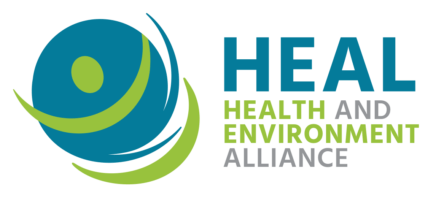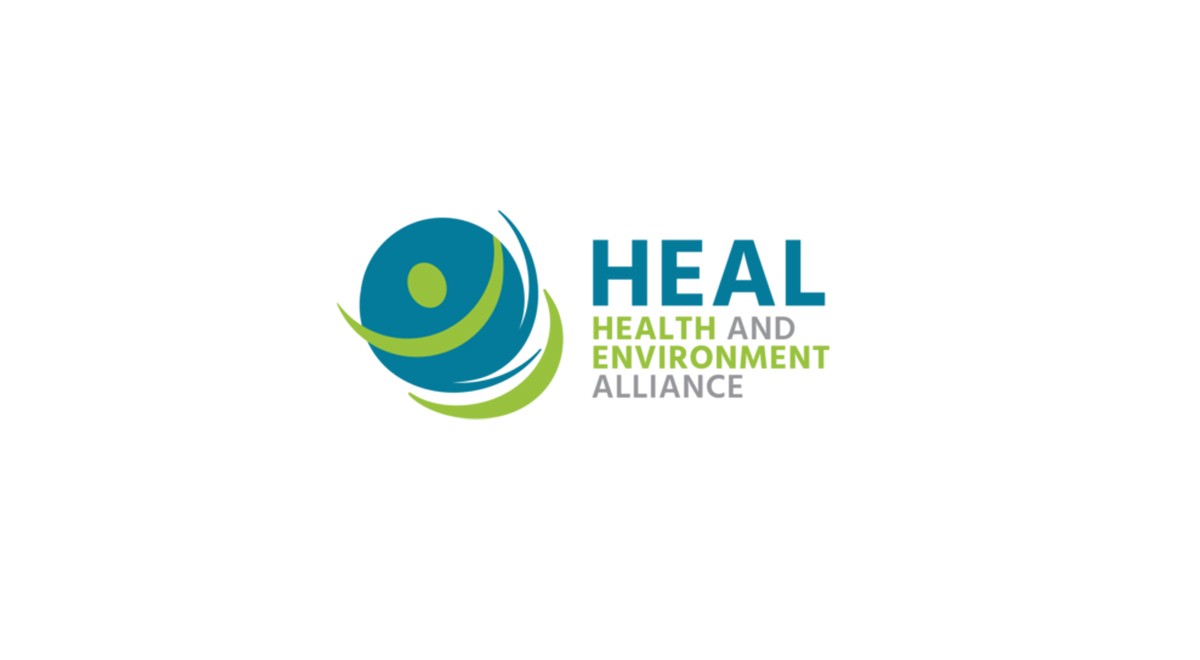Leading up to the fifth and final round of negotiations for the Global Plastics Treaty that will take place 25 November - 1 December 2024, in Busan, South Korea, HEAL together with Health Care Without Harm (HCWH) Europe wrote to all European health ministers highlighting the urgent need to address the severe health and environmental impacts of plastics, including in the healthcare sector.
Cost study prompts call to put health at the top of the policy agenda
Brussels, 5 December 2017 – A paper (1) published today on the health costs associated with exposure to chemical substances in the everyday environment should provoke a major rethink on priority setting in environmental policy, including a more important focus on prevention strategies, according to the Health and Environment Alliance (HEAL).
The study suggests that preventable environmental chemical exposures contribute to health costs that may exceed 10% of global gross domestic product (GDP). (1) The calculation combined and extended cost calculations for exposures to environmental chemicals, including neurotoxicants, air pollution, and endocrine disrupting chemicals, to determine dose-dependent adverse effects.
Authors, Philippe Grandjean and Martine Bellanger from Harvard University, the University of Southern Denmark, and the EHESP School of Public Health in France, say that calculations currently used as international references are “serious underestimations” of the economic costs associated with preventable environmental risk factors.
According to HEAL, the new findings are yet another reason to bring health to the top of the policy agenda and focus more on prevention strategies against non-communicable diseases, in Europe and beyond.
“Cost calculations like this one are extremely important because they guide policy makers in priority setting. This much higher – and more accurate – estimate of the health costs of environmental chemicals exposures should be a wakeup call for decision-makers in Europe and beyond to give public health policy and prevention strategies a rethink.
Just as exposure to environmental chemicals such as neurotoxicants, endocrine disruptors, or air pollution have huge costs for society, taking early action to reduce exposure can result in huge health, economic and well-being benefits,” says Genon K. Jensen, HEAL Executive Director.
Existing calculations have put the global Burden of Disease (BoD) at 5.18% of total DALYs (Disability-Adjusted Life Years). Ambient air quality has been the main contributor because of factors, such as gaps in environmental exposure data. (2)
However, even air pollution calculations were underestimates as they did not take into account current evidence on harm from pre-natal exposures, for example. In addition, the current underestimates by the World Health Organization and Global Burden of Disease are primarily based on deaths and severe clinical conditions while less serious conditions, such as childhood and adult obesity, male infertility, fibroids, and endometriosis amongst others, are mostly disregarded.
The new study covers substances such as mercury, organophosphate pesticides, brominated diethyl ethers, and several endocrine disrupting chemicals, which the authors say are serious health hazards that need to be confronted.
The authors call for a new paradigm for the proper evaluation of the environmental BoD. They particularly emphasise the impacts of environmental exposures on the human brain.
“Our results show that functional deficits, especially regarding cognition, greatly add to the total environmental Burden of Disease (BoD) and that total costs are substantially higher than those calculated in terms of the DALY losses that are linked to specific medical diagnoses.” (1)
The paper is published in a context of significant public debate around Europe about the risk assessment of pesticides and ongoing discussions about identification criteria for endocrine disrupting pesticides. (3)
This week, HEAL is working closely with its members, the Global Alliance on Health and Pollution (GAHP), and the International Pops Elimination Network (IPEN) (4) to communicate the high costs to health of pollution globally during the United Nations Environment Assembly in Kenya (4-6 December 2017).
GAHP was one of the authors of the recently published Lancet Commission on Pollution and Health (5), which “addresses the full health and economic costs of air, water, and soil pollution… (The aim is) to inform key decision makers around the world about the burden that pollution places on health and economic development, and about available cost-effective pollution control solutions and strategies.”



